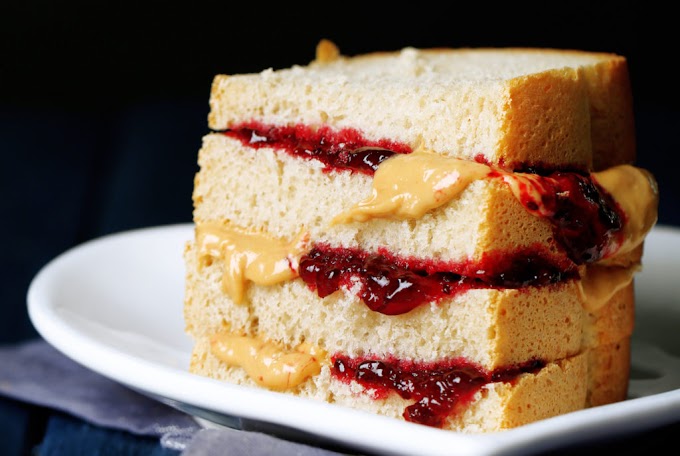Whether a cook is a seasoned veteran or a novice in the kitchen, a knife is their closest friend. But there are many different knives to pick from, as can be seen by a quick glance at a knife block.
The wide variety of available knives frequently causes confusion and raises a lot of queries that might be difficult to address.
What exactly separates a chef's knife from a santoku knife, for example? Aren't kitchen shears merely elaborate scissors?
A steak knife can be used for everything, or is it only meant to be used for steak? Above all, how can you possibly know which blade to choose when you need to cut something?
Common Types of Knife
I'm here to support everyone who is afflicted with this horrible knife paralysis. In this essay, I'll break down the twelve main types of knives using a combination of my personal culinary expertise and an in-depth study of the many different sorts of knives.
Chef's knife
The chef's knife is a traditional and adaptable knife that comes to mind when people think about culinary knives, as its name indicates.
The chef's knife is a multipurpose knife of sorts. It has a right triangle-like form with one straight and one curved side that members a sharp point.
The chef's knife is used by everyone, from novice cooks to accomplished chefs, for tasks including intricate cutting, slicing cheese and meat, and chopping fruits, vegetables, and nuts.
Bread Knife
The bread knife is perhaps the item in the group that needs the least explanation. Is it the knife that's most essential to have on hand? Not necessary, I say. But is it among the most enjoyable? In a word, yeah!
The bread knife's lengthy length and broad serrated blade make it useful for slicing through big pieces of bread.
Nothing makes me feel more content than using my bread knife to cut into a fresh baguette.
Chef's knives or other knives work just well for slicing bread, but a bread knife, in my experience, is also safer.
Unlike a bread knife, which has a long handle and a broad blade that gigiveshe the operator exceptional grip and stability, a chef's knife might slide or spin when cutting.
Cleaver
The cleaver is one of the most distinctive sorts of knives due to its rectangular blade and nearly hatchet-like shape; chances are you've seen one in a cartoon.
The typical American cleaver is a highly robust appliance that works well for slicing through huge, tough vegetables, substantial portions of meat, and even some softer bones.
I prefer to use it to cut through gourds and cabbage heads since they can be risky to cut with the shorter chef's knife due to their extreme toughness.
The Chinese cleaver, which is a distinct variation and a bit slimmer than other cleavers, is a fantastic all-purpose tool for Chinese home cuisine.
Utility Knife
Utility knives tend to have straight handles and sharp, pointed ends, sometimes with only one side sharpened and other times with both sides sharp. They are less defined than other sorts of knives.
They may be described as falling in the middle of a paring knife and a chef's knife.
I use my utility knife for a variety of culinary duties, but, to be honest, I consider it more of a band-aid than a staple.
When I have items that are too lengthy for a paring knife but too delicate for a chef's knife, which is not often, it works out fantastically. Even so, it works well in a pinch!
Filet Knife
The filet knife is one of my favorite kitchen tools because it makes it easier to cut fish, which is one of the most difficult cuts to make. It might be a little tricky to eat raw fish.
A piece of fish can be ruined by using an improper knife or one with a dull blade, making it very challenging to prepare.
A filet knife can fix that. It is simple to remove the flesh of a fish thanks to the filet blade's thinness, sharpness, and occasionally razor-sharp curves.
It works well for decomposing a whole fish into its component components but also for deboning fish filets.






.png)


.png)

